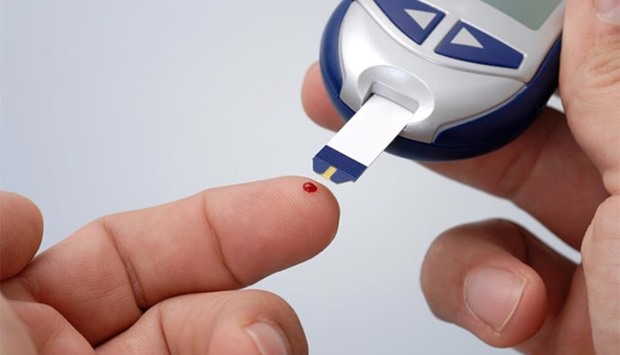Qatar has the highest diabetes related expenditure in the Middle East on per capita basis at $2,868 per person, says a BMI report quoting the figures from a report by International Diabetes Federation (IDF).
Saudi Arabia, Kuwait and Saudi Arabia follow closely with $2,156, $2,040 and $1,145 respectively, as the Mena region suffers from some of the highest levels of diabetes globally in terms of prevalence - making it clear that the demand for diabetes-related treatments will remain high.
The report also points out that Qatar has an age adjusted diabetes prevalence rate of 20% with 239.1 people per 1,000 suffering from the disease. Saudi Arabia and Kuwait also have the same rate of diabetes prevalence while Bahrain has 19.6% followed by the UAE with 19.3%. Oman at 14.8% has the least rate of diabetes prevalence among the GCC countries.
IDF estimates that on an average, 13.6% of the adult population (20-79 years) in the Mena region is currently diagnosed with diabetes, which is well above the global average of 8.5%.
The burden of diabetes in each country - measured in disability-adjusted life years - is forecast to rise dramatically by 2030 in spite of improvements to healthcare and the introduction of more comprehensive health insurances schemes. There is a significant disparity between different countries' healthcare systems in the Mena region, resulting in highly diverse health outcomes and consequently variable opportunities for drug makers.
BMI report also suggests that there is a need for the localised manufacture of diabetes medicines within the Mena region. The majority of Mena governments are heavily focused on reducing their current pharmaceutical import reliance and are actively encouraging the local production of medicines. A number of multinational drug makers already engage in contract manufacturing agreements with local companies to produce certain treatments, with the emphasis on diabetes medicines expected to rise over the coming years.
The report points out that the plausibility of having a direct manufacturing presence is more likely within the Gulf States given their pre-existing infrastructural benefits. On the other hand, underlying issues relating to patent protection and counterfeit medicines are more pronounced in markets outside the GCC, including North Africa, which will limit the attractiveness for a pharmaceutical base there.



